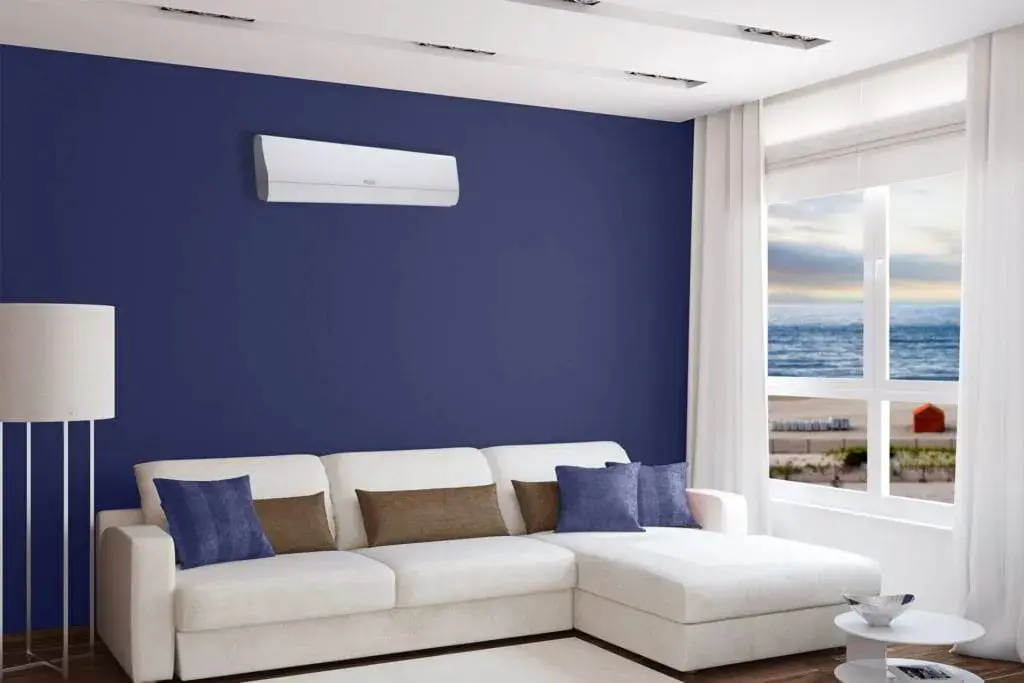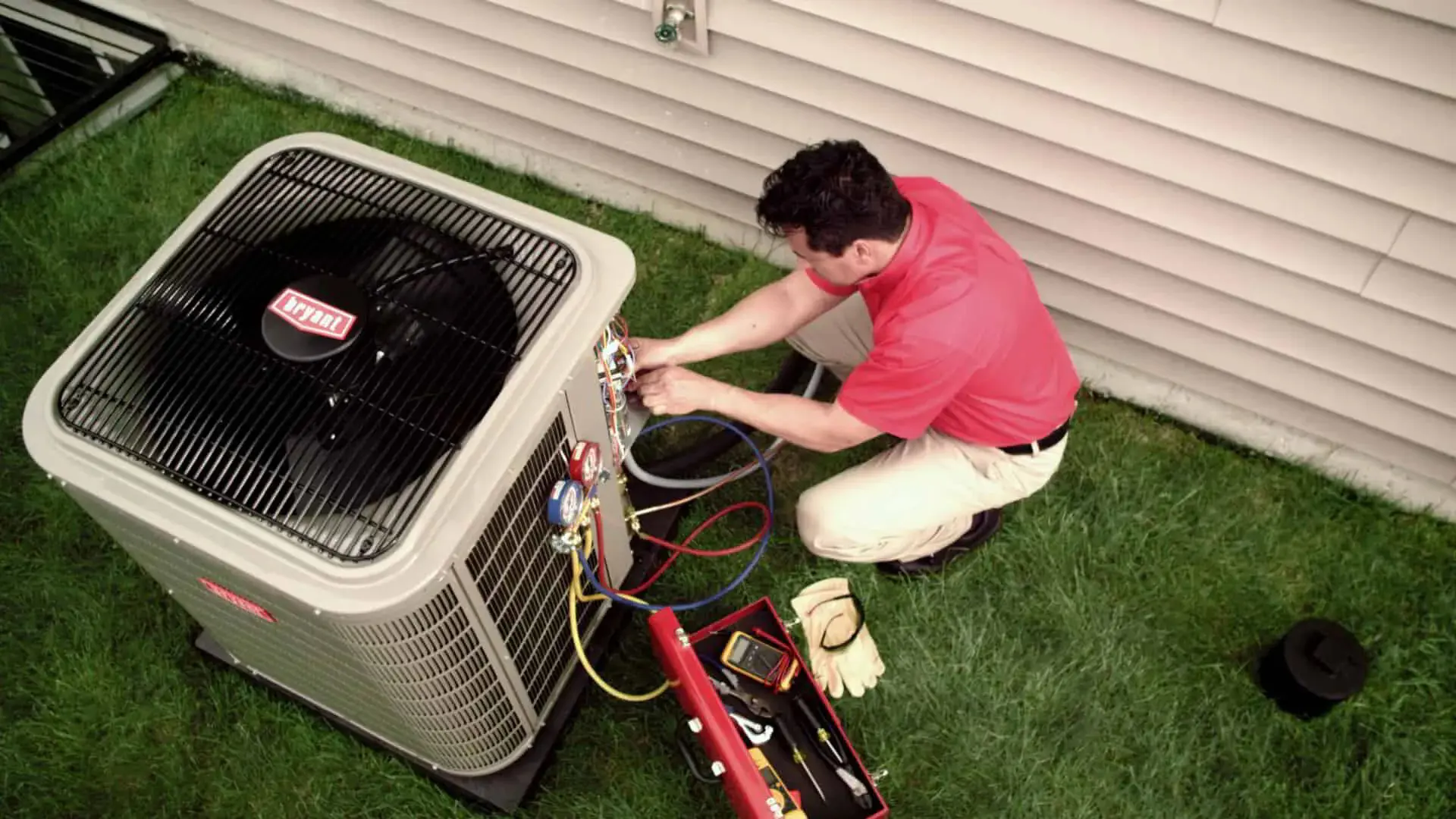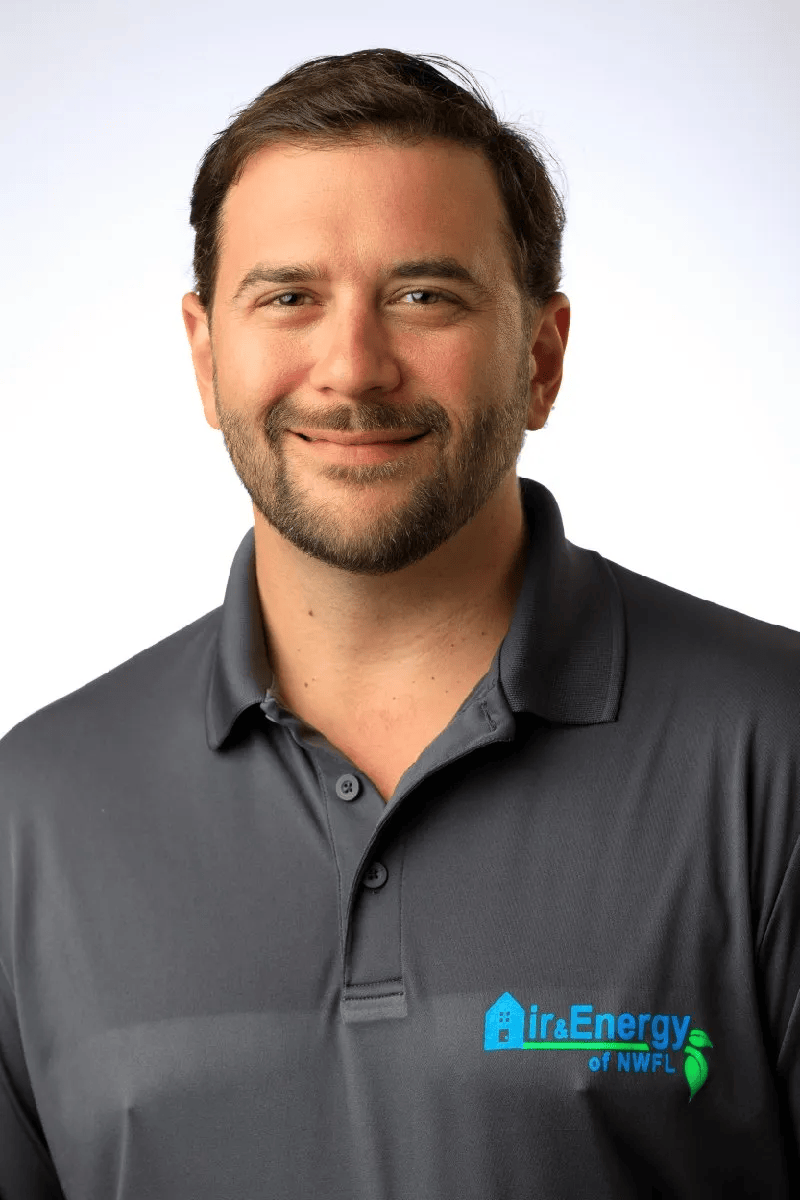Facing the boiling Floridian summer weather without a central air conditioning system can be a pretty daunting prospect.
If your property does not have a central air conditioning system or the one it does have needs replacing, it might be tempting to have a go at installing a new unit yourself to save money.
This is more often than not a bad idea. Improper installation can cause damage to the air conditioning unit, reduce system cooling efficiency, and the process can even be dangerous if you do not know what you are doing.
You are likely to find that calling in a professional HVAC specialist to install your system properly will save you money over the long run. It would be a mistake to think that all specialists are the same, however.
Price differences, job turnaround times and quality of work can differ wildly across the industry.
To protect yourself from being overcharged by a contractor who views your ignorance of central air conditioning systems as an opportunity, a little prior research on prices and pros and cons of the different units currently on the market is necessary.
This guide is here to inform you before you book a visit from an air conditioning installation specialist.
Central Air Conditioners: The Different Types
Split Systems

Split systems consist of both an indoor and outdoor unit. Indoor units get installed within a furnace or an air handler and house the evaporator coil, and the outdoor component of the system houses the compressor and condenser coil.
The indoor air handler or furnace also houses the blower section and the air filter. Refrigerant capillaries connect the two units; this connection allows heat to be transferred from inside the home to outside the home.
Related Reading: Ductless vs Ducted AC System. Which is Better?
Heat Pumps

Similar to split systems, heat pump systems also involve both an indoor and outdoor unit. In contrast, however, heat pump systems are able to heat a building in the winter as well as cool it in the summer.
This is achieved by the capacity of the outdoor heat pump to reverse itself in order to direct heat into a building when needed.
Packaged Central Air Conditioners

You have probably seen the single unit window air conditioning unit poking out of the windows of apartments in high-rise residential buildings.
A packaged central air conditioner works on much the same basis except that the unit is large enough to cool an entire house or commercial building.
This is possible because the unit (placed on the exterior of the building or sometimes in a dedicated room) is connected to a duct system that runs through the building and transports cooled air to different rooms or areas.
Ductless Mini-Split Systems

Ductless mini-split systems function using a single condenser installed in the exterior wall of a building. The condenser is then hooked up to wall-mounted air handling systems in different rooms of the building.
This type of system holds numerous advantages over packaged central air conditioning systems. Each air handling unit works independently, allowing different temperatures to be set in different rooms.
Some air handling units can also be switched off, meaning that ductless systems can be much more energy-efficient than ducted systems.
Choosing the Right Air Conditioning Contractor

Having chosen the most suitable system for your building, you should now contact a local air conditioning contractor and arrange for them to come and give you an estimate for how much the installation process will cost.
At this stage, you will quickly gain an impression of the professionalism of the contractor by their approach to dealing with their clients.
The best HVAC contractors will go out of their way to explain all the parts of the installation process, providing you with a breakdown of costs for each stage.
They will advise you on the size of the central air conditioning unit you will need to cool your building and clear up any additional doubts you have.
When you have compiled a number of quotes from suitable contractors, you should take time to carefully sift through them to compare each item that factors into the total cost, including equipment and labor.
Once you have settled on the contractor who is offering the best deal, it is time to arrange a second meeting to get more information on the expected turnaround time, payment structure and the logistics of the job.
The Installation Process

Familiarizing yourself with the optimum installation process for a central air conditioning system can help you to ensure that no corners are being cut and everything is being done above board.
You should expect a process that follows something resembling the steps detailed below.
- The existing air conditioning system will be disassembled and removed.
- Any existing duct system will be cleaned and repaired. New ducts will be added if required.
- After the installation site has been prepared so that it can support your new air conditioning unit, the unit will be placed and firmly bolted into its new home.
- The new indoor air handler(s) should be replaced (if you are having new ones installed) as well and then connected to the outside unit with refrigerant piping, fitted with a drainage system and linked up to the building’s electrical system.
- Finally, the thermostat should be connected to the central air conditioning unit, if you are having a new one installed.
After the refrigerant piping has been cleared of any non-condensables (air and moisture) that may have accumulated during the installation process, the system will be ready to go.
Conclusion
Installing a new central air conditioning unit does not come cheap. If you own a property in the Pensacola area which is in need of a new central air conditioning system this summer, do not leave things to chance.
It is not worth the risk of skyrocketing costs if you run into errors while attempting a DIY installation.
The potential for costly mistakes is high on such a complex job and is one of the reasons why it is best to leave the installation process to a qualified HVAC contracting service.
Call Air & Energy of NWFL today to arrange a free quote.

This article was written by:
Co-founder and Home Comfort Specialist

